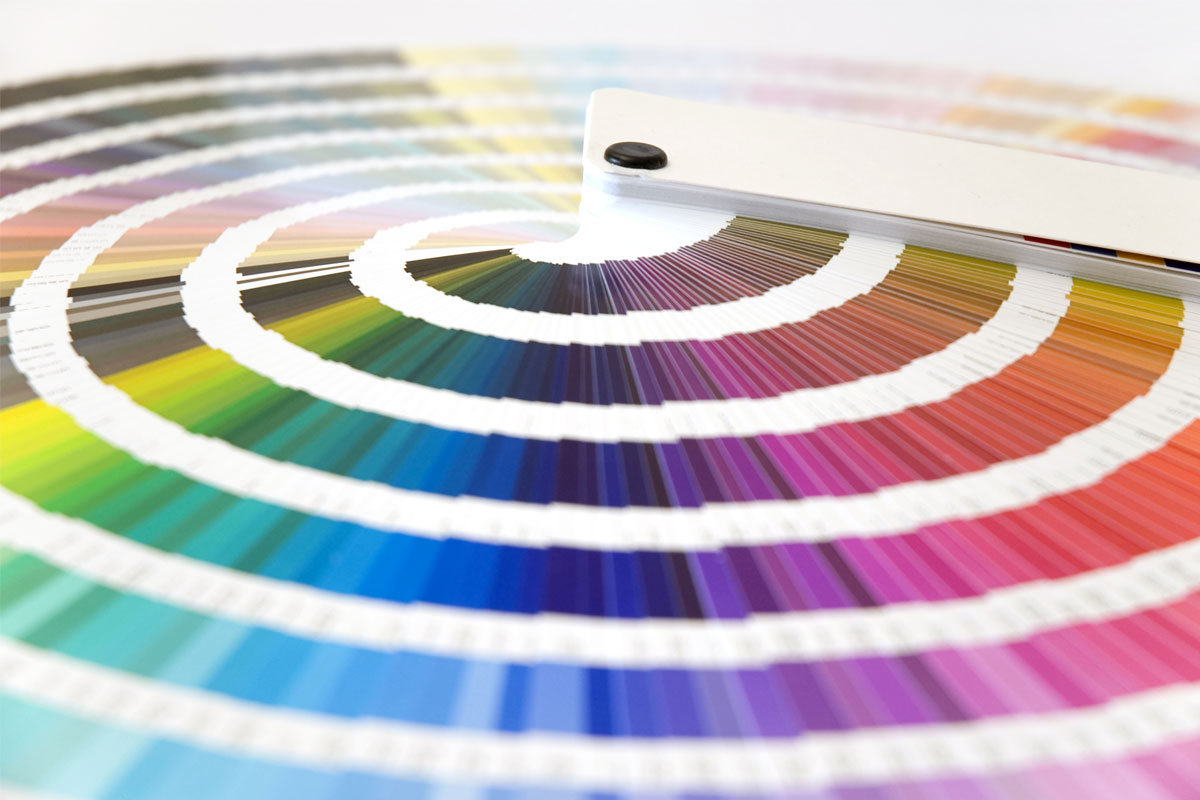

Together with his wife Fannie, Vasilantone opened Vastex, a textile screen printing operation in Philadelphia in 1960. In short, now screen prints could be mass-produced, and a key to this was Michael Vasilantone, the man credited with streamlining the process. The first being the technological changes that were afoot in the ‘60s, which helped the screen printing production adapt to mainstream demand. Modern-day screen printing owes a lot to the 1960s, for three different but interconnected reasons. These artists would later become the founding members of the National Serigraphy Society and go on to coin the term ‘serigraphy’ – a compound word from the Latin ‘sēricum’ (meaning silk), and the Greek ’graphein’ (to write or draw) – in order to differentiate the technique’s industrial use from its artistic application. It wasn’t until the 1930s, though, that people really caught on to the technique’s potential, when a group of New York artists began experimenting with screen printing on paper, effectively turning the method into a totally artistic medium. Initially, screen printing was used mostly for printing wallpapers, and occasionally domestic fabrics.

Calling him the godfather of modern-day screen printing wouldn’t quite be correct though many others were filing patents around the same time for proto-types of today’s printing machines. In England, Samuel Simon was the first to patent silk screen stencil printing in 1907. Early screen-printed signs The early 1900s The technique didn’t find global popularity, though, until silk mesh became available for trade in the 19th Century by the early 1900s the process had spread across Europe. The stencils were then glued together, and paint could flow through the exposed silk, creating a printed design.īy the time the Middle Ages rolled around, silk screen printing was a well-practised art, and had been adopted throughout China, Japan, and most of Asia, in different technical variations. This early method involved placing silk between stencils made from tough, waterproofed paper.

There’s some disagreement as to the exact time the practice began, but the earliest incarnations of screen printing can be traced back to China somewhere between AD 221 and the Song Dynasty, which took place between 9 AD. To help get you up to speed, we’ve put together a brief history of how screen print shirts came to be. If you’re not too sure of the difference between them, check out our explainer for a quick run down, but in short, screen printing is our favourite for its vibrant print quality and ability to capture graphic designs. Tracing back several centuries, the method began development with silk screen printing in Asia and morphed into the art form of serigraphy in the buzzy New York scene of the ‘30s, before it was adapted for mass-market production in the 1960s.įast forward to today, and it’s likely every T-shirt you see will either be screen printed or printed digitally. Looking at them today, you wouldn’t think screen printed T-shirts have the history that they do.


 0 kommentar(er)
0 kommentar(er)
